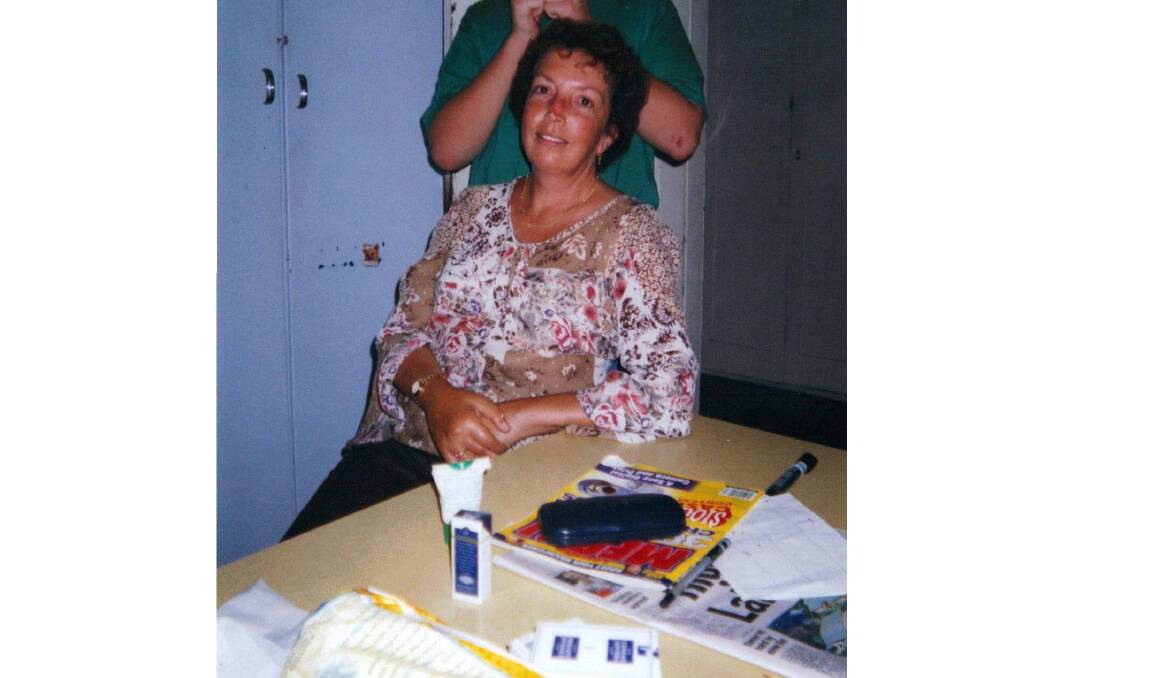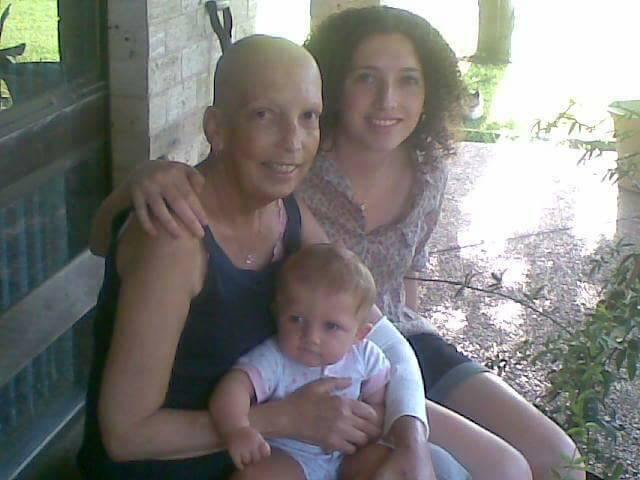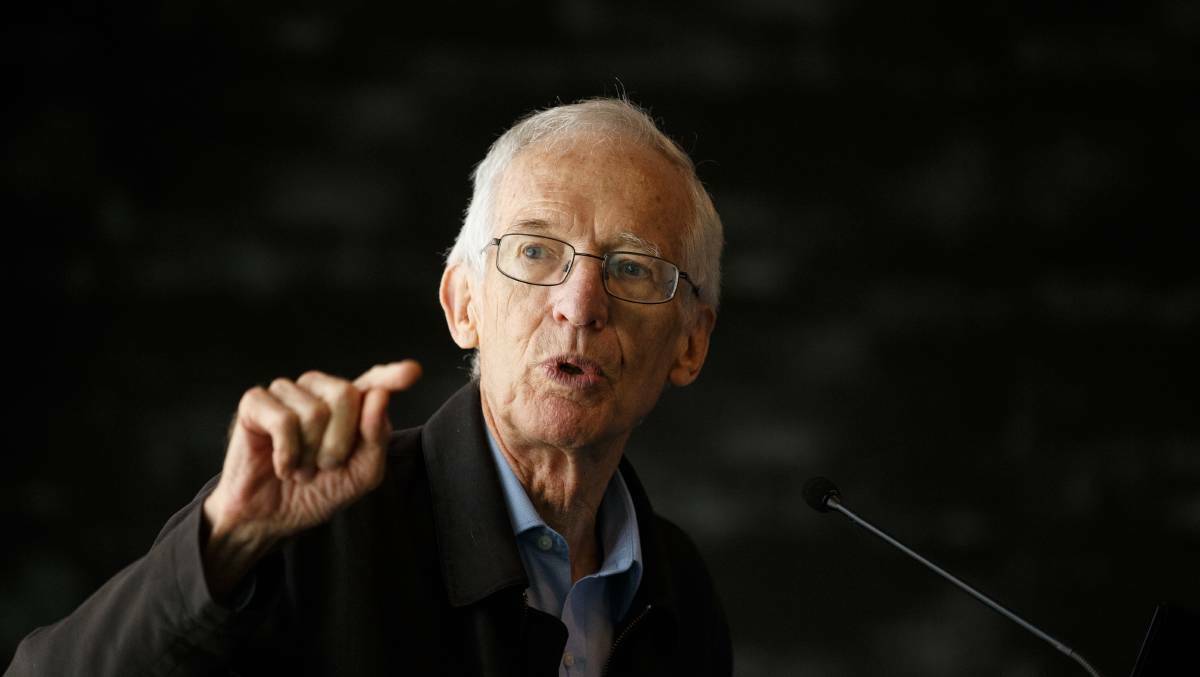Just over a year after she was diagnosed with non-Hodgkins lymphoma, Lorelei Sneddon finally booked the New Zealand trip that had always been on her bucket list.
Subscribe now for unlimited access.
or signup to continue reading
On the second day of the holiday, the 55-year-old set out from Christchurch with her husband, Keith. The pair had a lovely dinner together in Timaru.
Read more:
But by 11pm that night, Ms Sneddon was in hospital. A week later, she was dead. The softly spoken nurse and mother-of-two never made it home to Williamtown.
At the time we went to New Zealand we knew there was nothing further that could be done treatment-wise, but we just didn't think that the end was so close, Mr Sneddon said.

It's a story that's disturbingly familiar in this part of the world. At least five of the Sneddons neighbours have been diagnosed with cancer in the past four years.

Residents living in this part of Cabbage Tree Road have long suspected they've had to contend with more than their fair share of grief and illness.
A Newcastle Herald special investigation can reveal the toll on a four-kilometre stretch of the road, a collection of mostly hobby farms and acreages.
At least 24 people who have lived along that part of the road or in one case, spent significant amounts of time there have battled cancer in the past 15 years. Several more were diagnosed in the 1990s.
Each cancer survivor, or a relative of a resident who has died, has agreed to supply their details to the Newcastle Herald. Several are calling for authorities to investigate what they believe could be a cancer cluster on the road.
Cabbage Tree Road cuts through the heart of Williamtowns contamination 'red zone'. Properties along it have returned some of the highest levels of pollution seen anywhere in the suburb, from the toxic chemicals used for firefighting on the RAAF base since the 1970s.
The poly- and per-fluoroalkyl chemicals, also known as PFAS, have been linked with cancers in overseas studies. However a NSW Health spokesperson said there was no conclusive evidence they caused any specific illnesses.
The federal Department of Health has commissioned an epidemiological study to consider the potential health effects resulting from PFAS exposure in this area, she said. Its understood the final report from the study will be handed down in 2020.
Bruce Armstrong, a professor of public health at the University of Sydney, did not think it was necessary that a second study be conducted to address the cancer cluster fears on Cabbage Tree Road.
But Professor Armstrong, who led a major investigation into a cancer cluster at the ABC studios in Brisbane, acknowledged it was important that the study examined all of the evidence collected by the Herald.
Really the question is whats being done in the planned investigation to be able to pick up the evidence youve uncovered, of what appears to be quite a large number of people developing cancer, he said, adding that it might be important to include people who had lived in the area historically but had moved away.
Its a bit of a coincidence, obviously, that this particular cluster has popped up in the Williamtown area, Professor Armstrong said.

At the moment, the most one could do is to look to see whether the patterns of cancer in that particular cluster are in any way related to the current evidence around what might be caused by the PFAS chemicals.
There were seven cases of breast cancer, four of bowel cancer, two of stomach cancer, two of non-Hodgkins lymphoma and two of prostate cancer over the time period, as well as individual cases of leukaemia, melanoma, lung, pancreatic, testicular and liver cancer.
Another person had a rare type of cancerous neck tumour.

